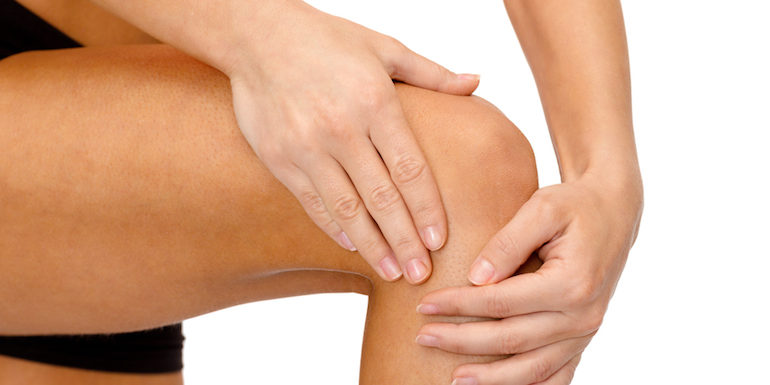As we’ve discussed on the blog, exercise is a crucial component of a healthy, full life. The risk for injury is normally not a reason to avoid activity all together. Instead, make a plan, consider lower intensity exercises first, always pay attention to proper form and safety, and do a proper warm-up and cool-down. By going through these prevention measures, you’re much more likely to avoid injuries from exercise. Injuries, however, can still occur even with all your prevention efforts. If you do get injured, it’s best to know what to do immediately following an exercise injury.
What is an exercise injury?
Normal aches that fade away after a warm-up aren’t generally enough to cause concern. It may be a sign of an injury, though, if you experience sustained pain throughout exercise, pain that fades and then returns during exercise, or sharp, severe pain at any time.
If any of these situations occur, remember the mnemonic device: RICE. RICE stands for:
- Rest
- Ice
- Compression
- Elevation
How to treat an exercise injury
First, stop and rest. Find a way to ease out of your current exercise routine and stop. At this point, take stock of your pain. Is there is any swelling, tenderness, or visible injuries? If so, this could be an indication of an acute injury, such as a sprain or fracture. If you have a steady ache or swelling that occurs during exercise, this could instead point to a chronic injury that has happened over time.
For both cases, book an appointment with your doctor so they can diagnose the injury. Do not exercise any more before you see your doctor as this could exacerbate the situation and make your injury worse.
Next, use ice to decrease the inflammation around the area. Wrap an ice pack or bag of ice in a towel and apply it to the injured area. Do this for 20 minutes of each hour for up to two days. At this time, you can also take non-steroidal anti-inflammatory medications, like ibuprofen, to reduce swelling and pain.
Compression also helps reduce the amount of inflammation, and therefore pain, around an injury. You can compress the injured area with an elastic bandage or a compression sleeve or stocking, if available. You want a snug fit, but not so tight that you cut off blood circulation. Find more tips on correctly compressing an injury here.
Finally, try to find a way to elevate the injury. This will also reduce swelling. If you have a wrist injury, prop your arm up on a pillow. If your leg is injured, you can lie on the floor and prop your leg up on a chair or lay down with a stack of pillows under your leg.
Treating an exercise injury starts at the moment the injury takes place. Always stop whatever activity you are doing and follow the RICE treatment until you can see a doctor.
Have you ever been injured while exercising?


